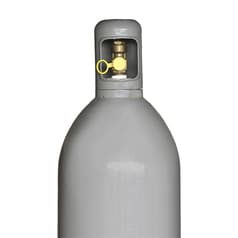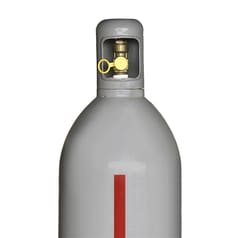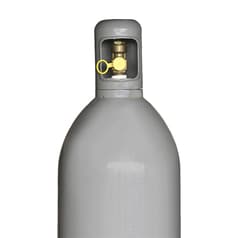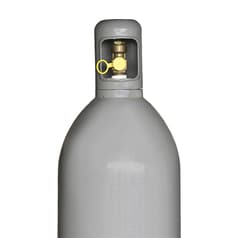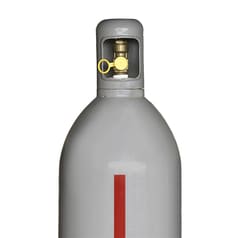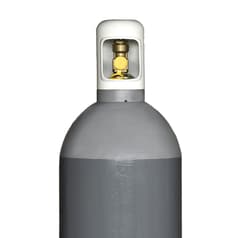Pour bénéficier d’un affichage optimal de la boutique en ligne de PanGas, vous avez besoin pour le navigateur de la version minimale suivante:
• Internet Explorer 9.0
• Mozilla Firefox 38
• Safari 8
• Chrome 45
Veuillez vous assurer que JavaScript est activé dans les paramètres de votre navigateur.
Carbon dioxide
Carbon dioxide can be extracted from natural underground sources.
In addition, a large part is released in the production of fertilizers and 'steam reforming' (source for hydrogen production).
What is carbon dioxide?
Carbon dioxide, also called carbonic acid gas or carbon dioxide, is a colorless and odorless gas. When the gas combines with water vapor, it becomes carbonic acid and then a sharp acidic odor may be detected at higher concentrations. Carbon dioxide can be extracted from natural, underground sources. In addition, much of it is released during the production of fertilizers and "steam reforming" (source for hydrogen production). CO2 is also extracted from fossil fuels, such as large-scale combustion. The carbon dioxide is then captured and cleaned.
How is carbon dioxide used?
Carbon dioxide has a range of uses. It can be used as a fire extinguishing agent, supercritical extraction, acidity correction of wastewater, aerosol propellant, fertilization of glass and horticulture, gas packaging and as carbonic acid in beverages. Carbon dioxide is also used as a shielding gas in MAG welding of layers of unalloyed steel. Carbon dioxide, as a shielding gas in gas arc welding, results in a wide burn-in, while also significantly reducing the risk of porosity in the weld due to contamination of the material. With the exception of the use of some cored welding wires, carbon dioxide is not suitable for welding at high amperages, as large, irregular droplets are produced. Due to the oxidizing nature of this gas, a welding wire with sufficient deoxidizing agents will need to be used.
Why do some CO2 cylinders have a riser tube?
Carbon dioxide cylinders contain both gaseous and liquid gas, due to the properties of the gas. To make use of the liquid Co2, a riser tube is used, which extends from the valve to just above the bottom of the cylinder. This riser tube ensures that the CO2 is drawn off in liquid form. When drawing off liquid Co2, the gas cylinder must be in an upright position. Cylinders equipped with a riser tube have a red vertical stripe on the cylinder for easy identification.


